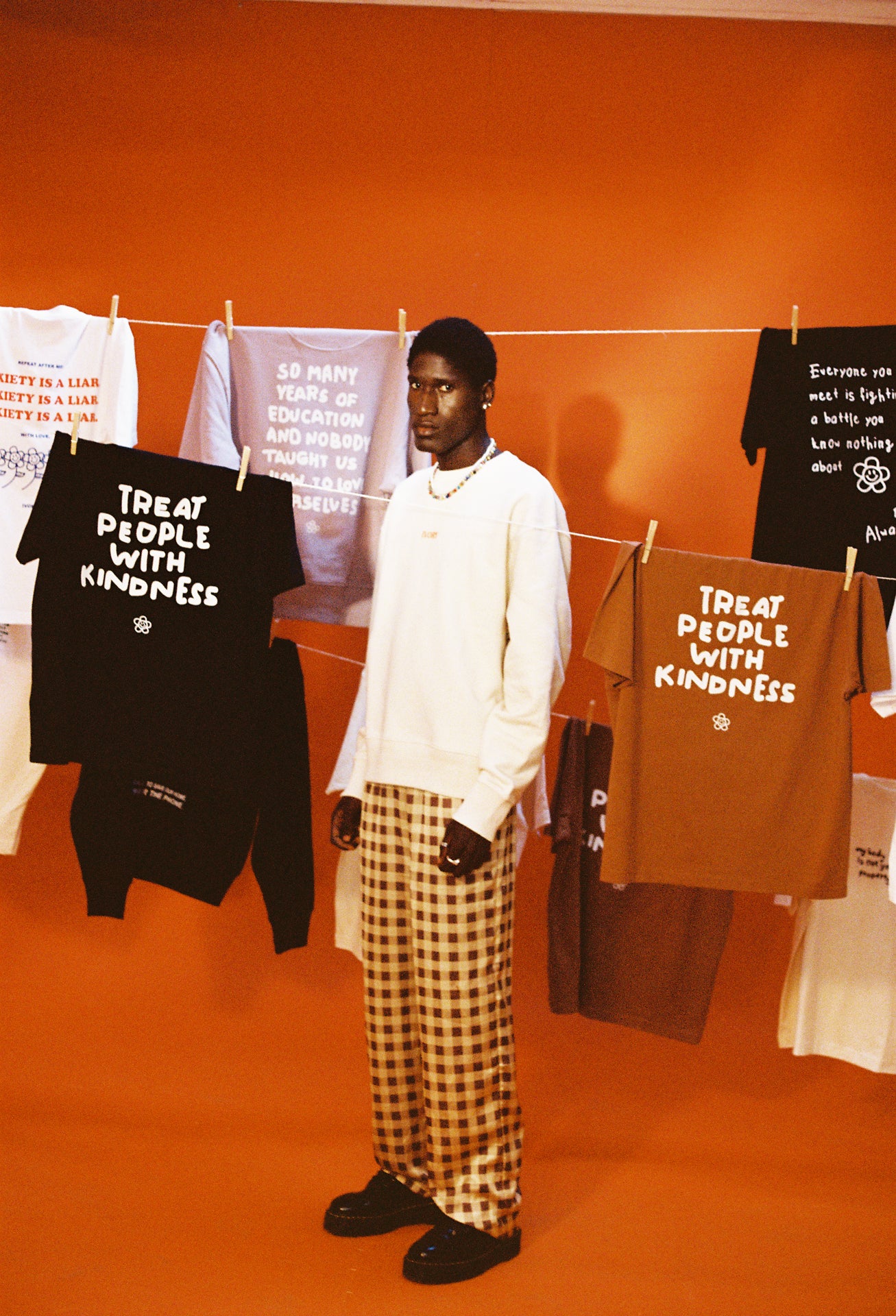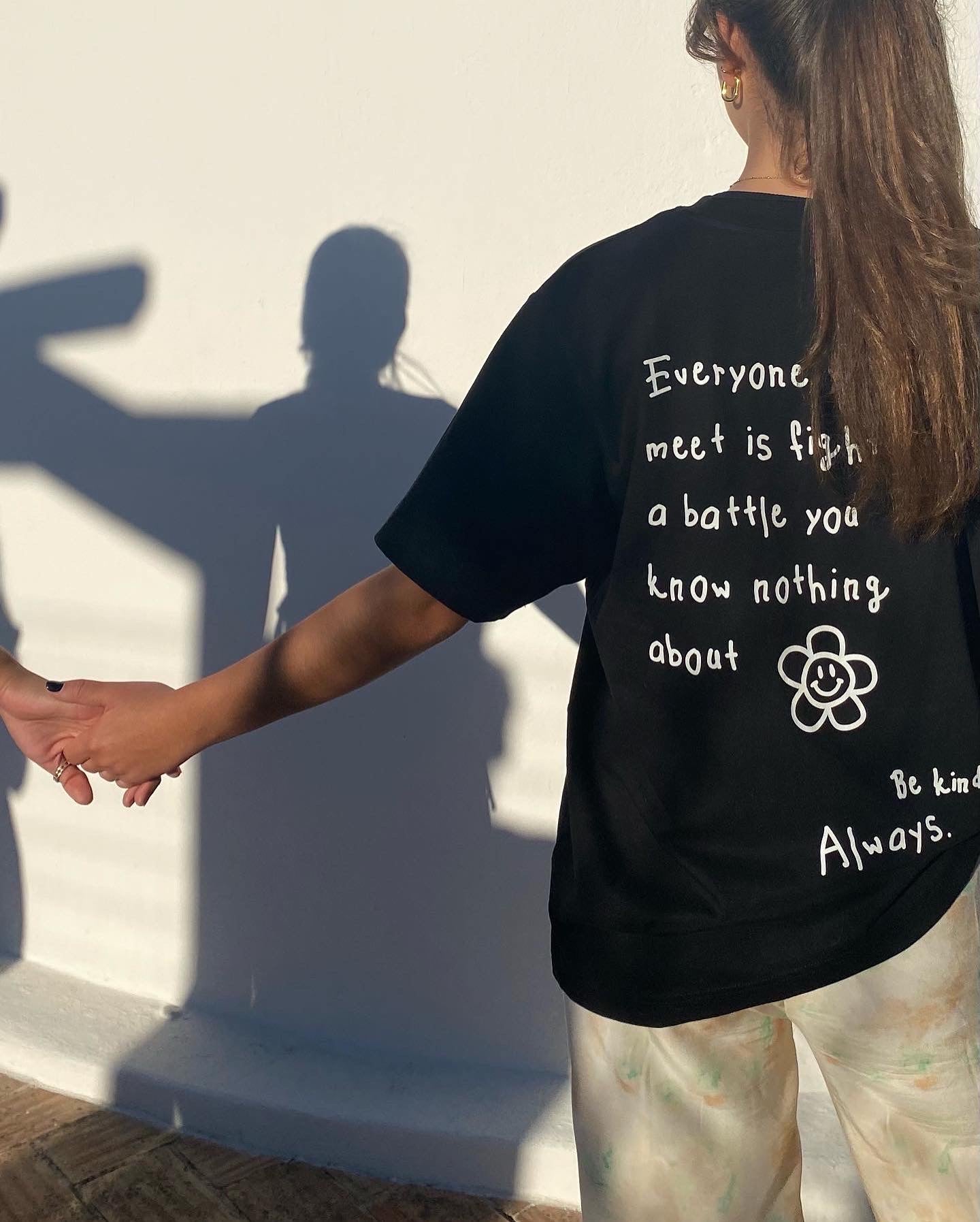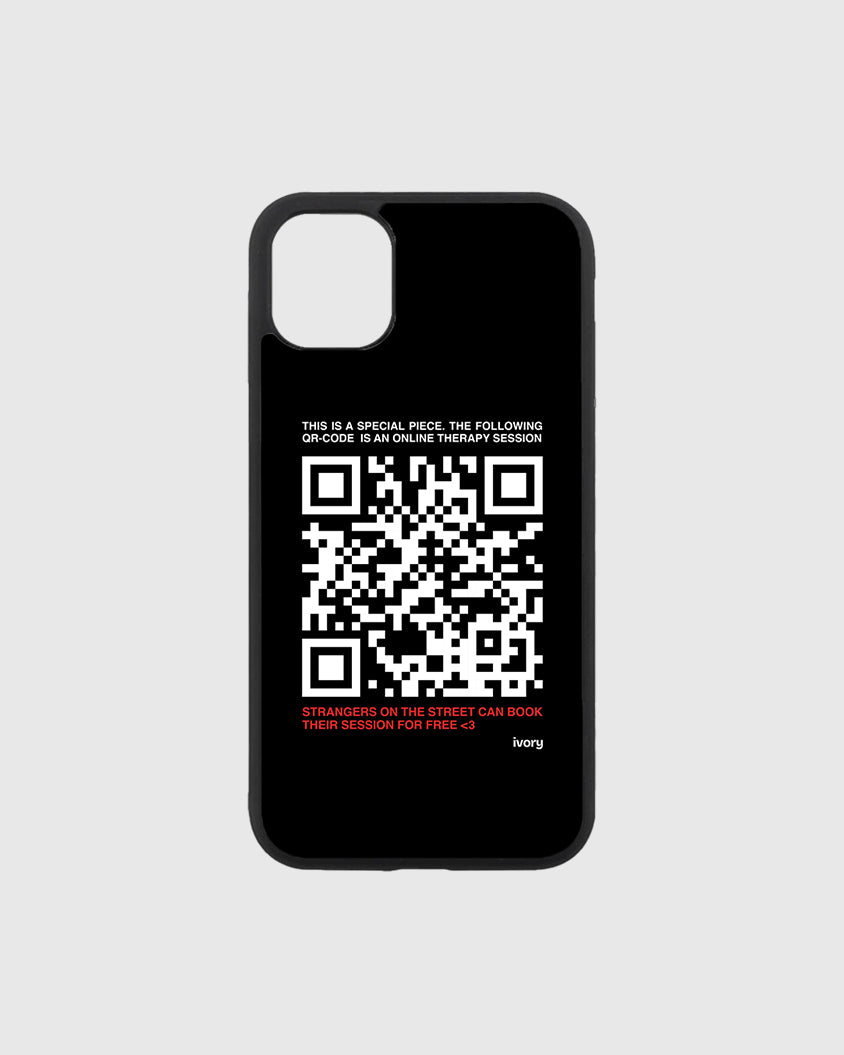The first therapy session can trigger some anxiety and apprehension. There’s still a lot of stigma surrounding mental health, which makes it difficult for many to discuss these topics, even with close friends and family
Because it remains somewhat taboo, few people talk openly about mental health or what affects it. This makes the subject unfamiliar and, therefore, potentially intimidating. A clear example is the number of comments we find in online forums and platforms (e.g., Reddit) from people wondering what the first therapy session is like or how to behave during it.
Knowledge is power, so in this article, we're going to explore: what to expect in our first therapy session?

Eventually, we’ll move to the consultation space itself. In the first session, the goal is to get to know each other and understand how the relationship and the process between therapist and client might unfold, based on our goals and concerns.
At the start, it’s expected that the therapist will explain that the therapeutic process is confidential. This means that we can (and should!) discuss different topics openly and vulnerably, as what happens in the session stays between therapist and client—except in situations where there’s an imminent risk to the person or those around them.
To build this therapeutic relationship, questions like "What are the main concerns?", "What led to booking this session?", or "Is there any specific issue that’s highly important to discuss today?" may be explored. These questions are essential not only for building the relationship but also for the therapist to outline an intervention plan
The exploration of different topics can take various approaches. Throughout the session, most of the discussion will likely happen through conversation, but other methods, such as drawing or writing, can also be used.
Only the topics we consider important will be discussed, and to whatever depth is comfortable. There are no mandatory topics or exercises, so the conversation will flow naturally. Silence also has its place during the session.
And because an in-person consultation may not always suit what we’re looking for at the moment, we can always opt for remote sessions, like those offered by Ivory Therapy, through the digital platforms preferred by the clinic or therapist.
In this case, the sessions will have a similar structure to in-person consultations, with the added advantage that we can choose the physical location where the session takes place. However, there are some important considerations: it's expected that the individual seeking therapy is in a space that ensures confidentiality and where they feel comfortable. If possible, it's recommended to use headphones to enhance the sense of privacy.
In the end, we may still have questions about how to prepare for the first therapy session. The best preparation involves setting clear goals, understanding how the session will work, and adjusting expectations—particularly regarding the length of the therapy process and recognizing that honesty and vulnerability are essential elements of the therapeutic experience.

In summary, what is the first therapy session like?
Here are the key moments of a first session, whether in-person or remote:
- Booking the session;
- Going to the consultation space, following a familiar structure (e.g., visiting a health center or having a teleconsultation);
- The therapist explains how the sessions work, including confidentiality guidelines;
- Exploring topics of interest or concern—through conversation or other methods—in a comfortable, honest, and vulnerable manner, with space for silence if needed;
- After 45 to 60 minutes, the session will conclude.
With this first step taken, new opportunities will arise. Starting psychological support gives us the tools we need for more support, security, autonomy, growth, and above all, well-being. The hardest step has already been taken.

















